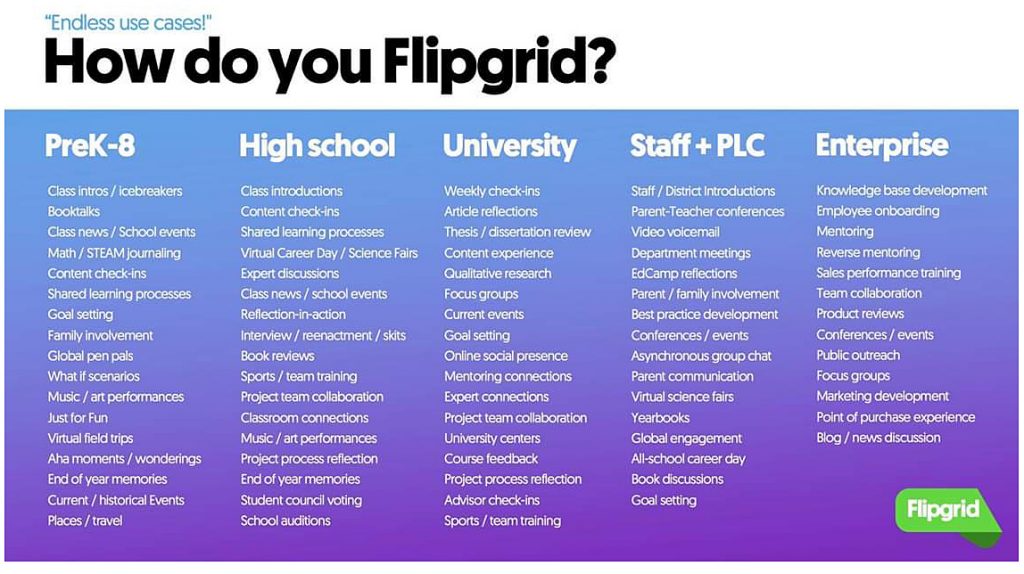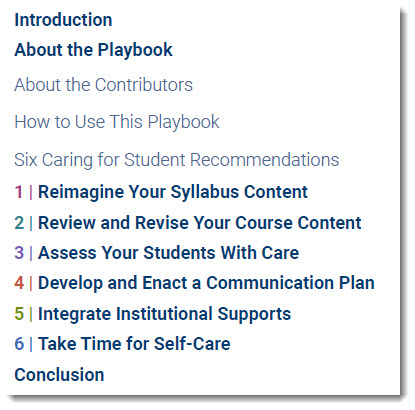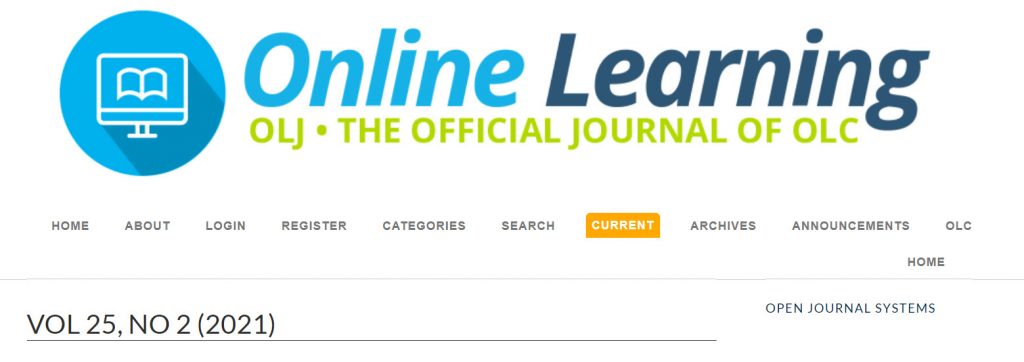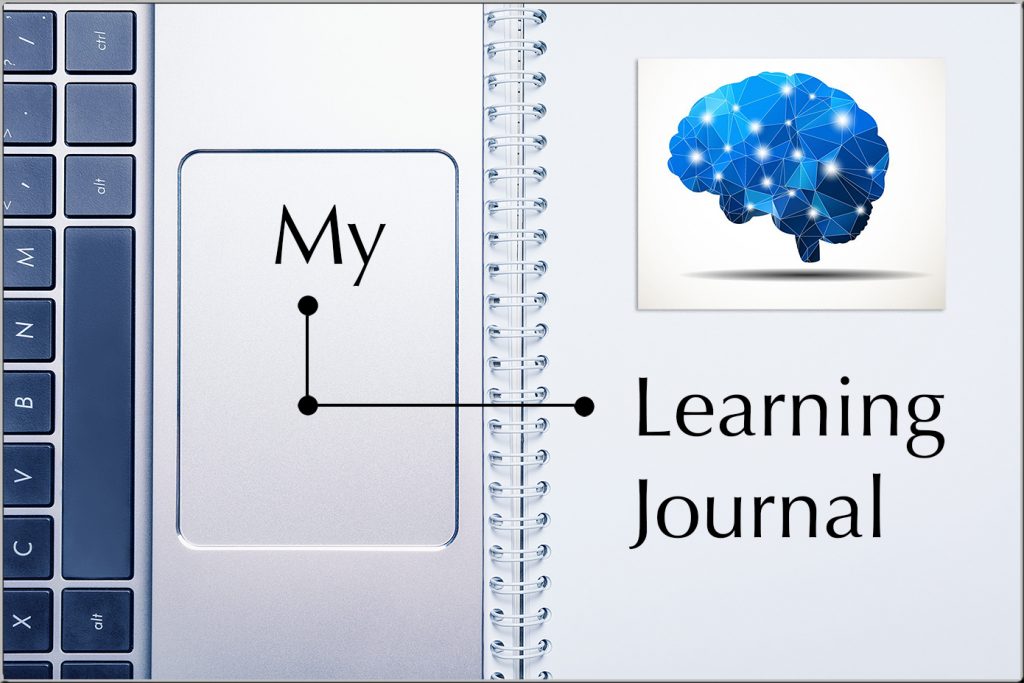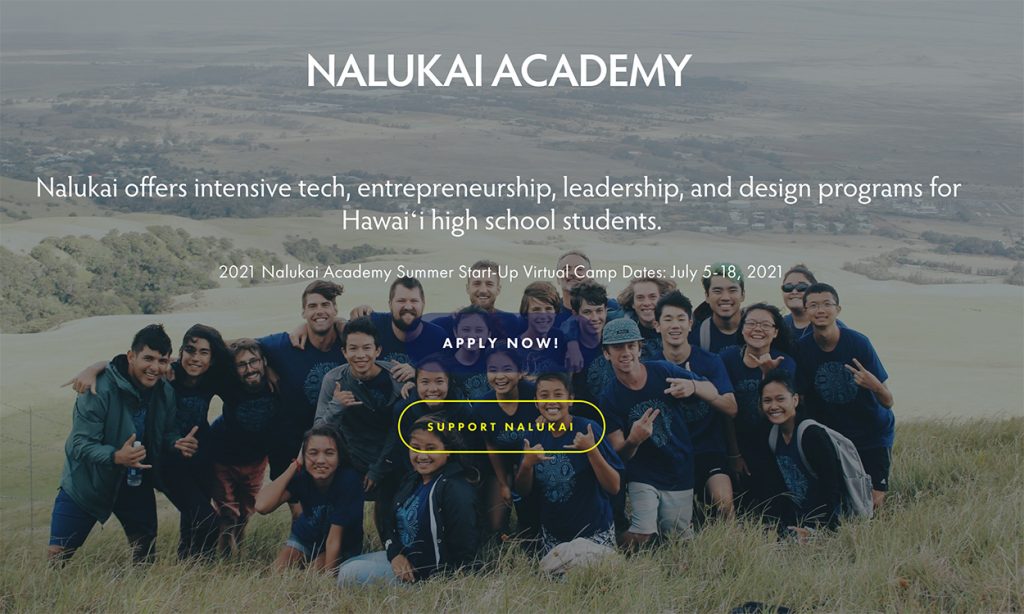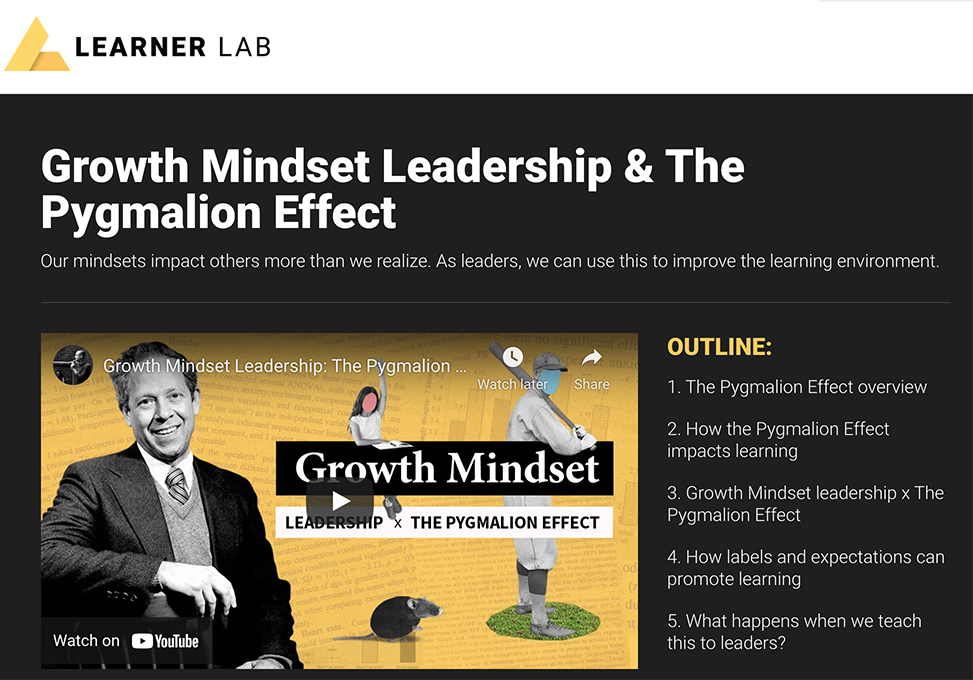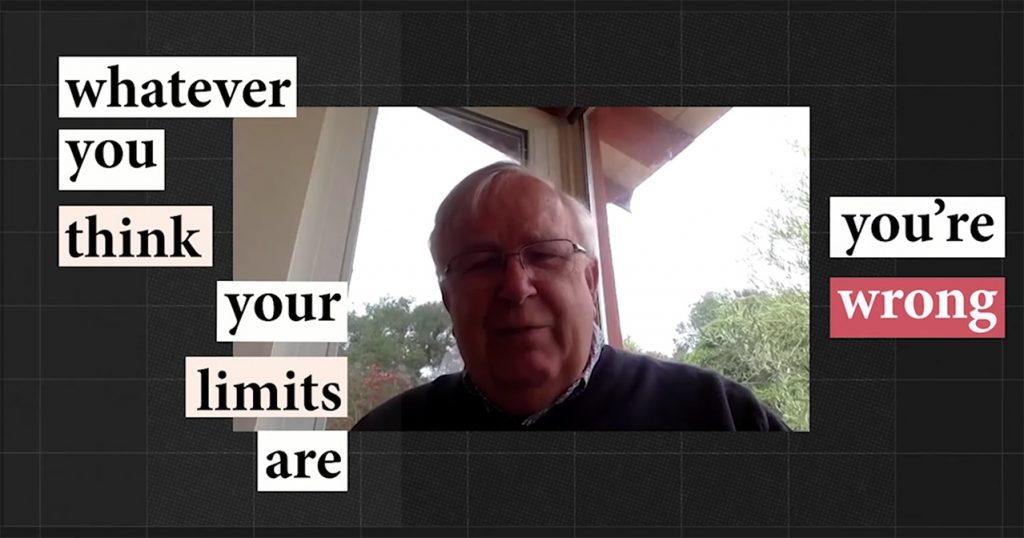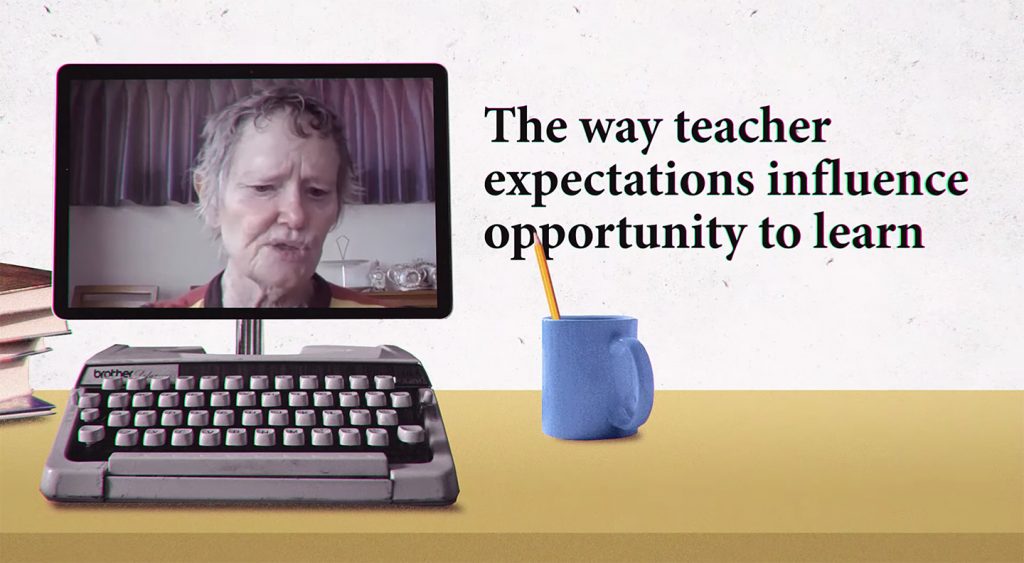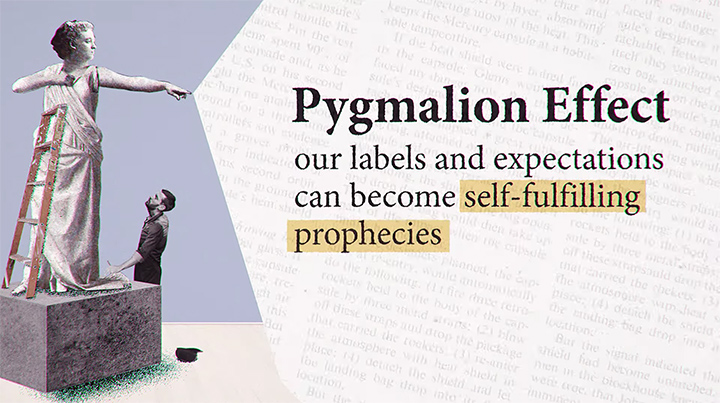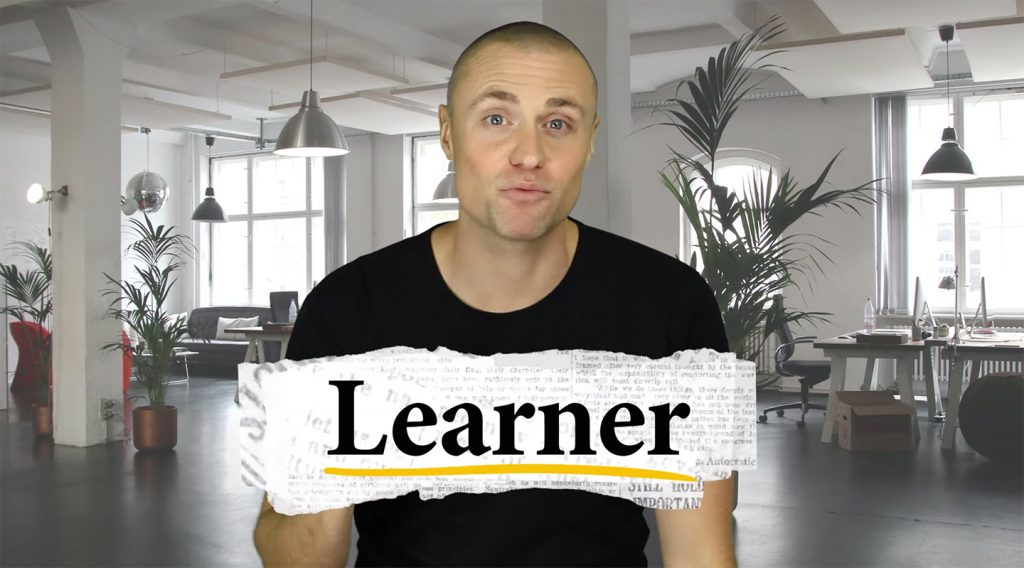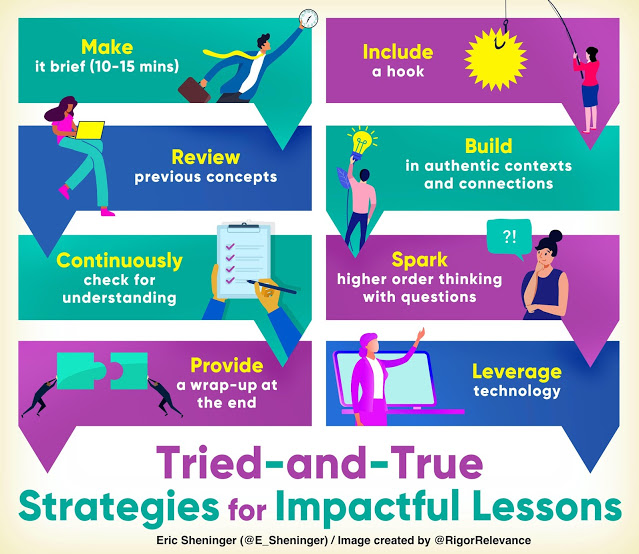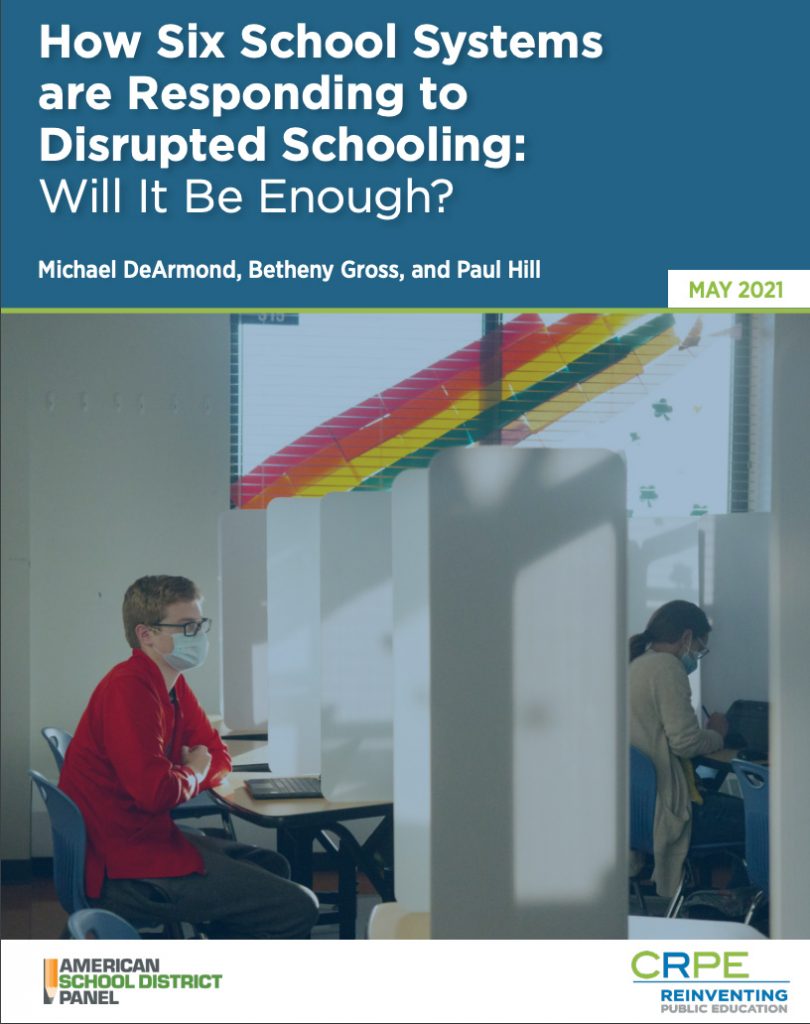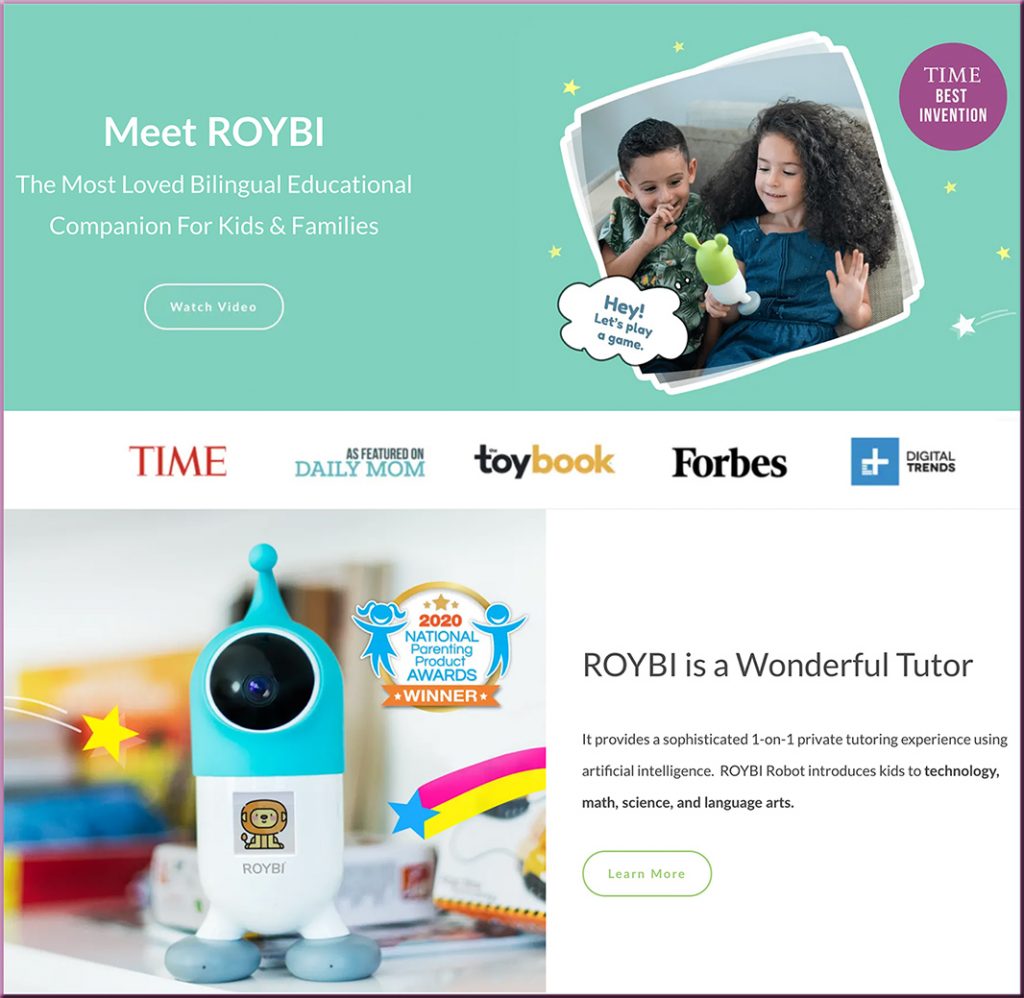40 Ideas For Using FlipGrid In The Classroom — from teachthought.com
Ten architecture projects from students at the Academy of Art University — from dezeen.com
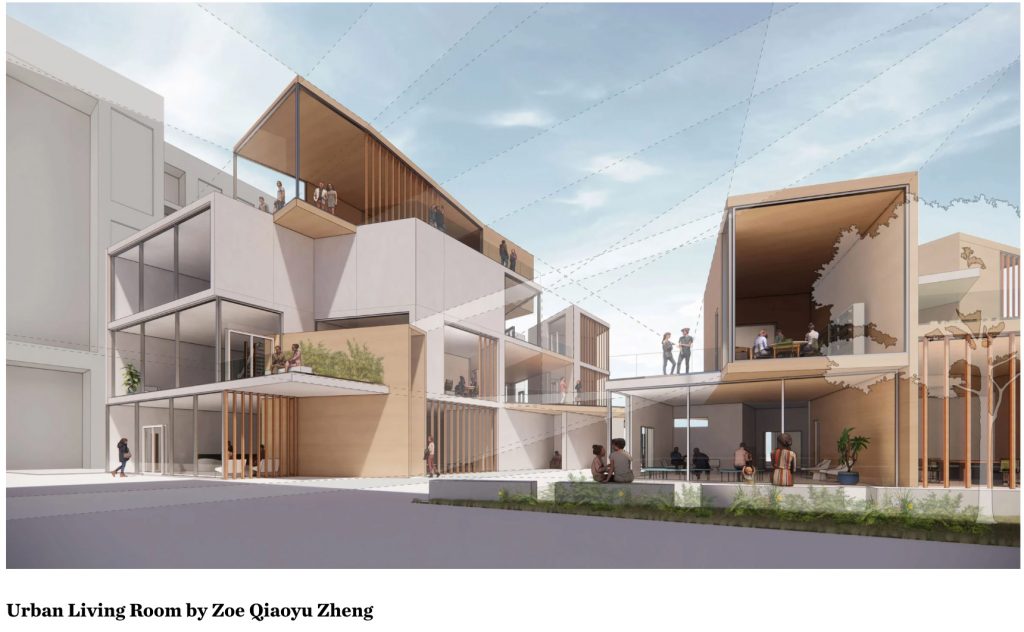
Addendum on 6/28/21:
London Southbank University spotlights 18 student architecture projects — from dezeen.com
Addendum on 7/5/21:
- Queen’s University Belfast presents ten student architecture projects — from dezeen.com
Caring for Students Playbook: Six Recommendations — from by Every Learner Everywhere in partnership with Online Learning Consortium (OLC) & Achieving the Dream
Table of C0ntents:
Also see:
Why Professors Should Ask Students For Feedback Long Before the Semester Is Over — from edsurge.com by Rebecca Koenig
This article is part of the guide Better, Faster, Stronger: How Learning Engineering Aims to Transform Education.
Excerpt:
About a month into each semester, Gayle Golden sets aside a little time to ask her students about their learning.
The journalism instructor at the University of Minnesota keeps the process simple, with brief questions similar to these:
- What should keep happening in this class?
- What should we start doing in this class?
- What should we stop doing in this class?
Golden collects the results, which students give anonymously, then studies the feedback and makes a list of all the information she’s received. During the next class period, she discusses the findings with her students. She tells them which suggestions she plans to put into practice, which recommendations she can’t act on, and why.
From DSC:
Speaking of feedback…
I think it would be good to have our students journal about their learning — integrating their notes, readings, experiments, lectures, etc. Students could check in on these 3 questions for example.
And in the (potentially) digital process, they could also submit a form to their faculty member to answer the question:
- What do I want my professor to know about my learning experience today?
Such a question could be electronically delivered to the professor on any given day. This type of feedback loop would provide real-time, formative feedback to the professor as well as help the students develop their metacognitive skills.
I would think that such a process could also be used within the K-12 realm, including homeschoolers.
Also from edsurge.com, see:
- How to Use Podcasts in Teaching — by Bonni Stachowiak
- To Support Black Male Teachers, A Nonprofit is Paying Off Student Loans — by Jeffrey R. Young
- Millions of Students Are Still Without WiFi and Tech—Why Haven’t Policymakers Stepped Up? — by Mary Jo Madda
Move over, blue- and white-collar jobs: The workforce color spectrum is expanding — from chieflearningofficer.com by Frank F. Britt
Here’s how gray-, green- and pink-collar jobs will define the post-COVID future of work.
Excerpt:
In 2015, a report from Burning Glass and General Assembly called attention to the rise of a new type of occupation. These roles combine technology skills with positions that haven’t historically required them, like analysis, design or marketing. Burning Glass called those positions “hybrid jobs.” Today, in a rapidly digitizing labor market where tech skills are fast becoming table stakes, we might just call them “jobs.”
Back when that report came out, so-called hybrid jobs were largely a white-collar phenomenon. But today, we’re witnessing a rise in demand for digital skills that is transcending desk work — and, in fact, may be transforming the entire “color spectrum” of the American workforce.
None of these are really white- or blue-collar jobs. We might think of them, instead, as gray-collar (at the intersection of manufacturing and technology), pink-collar (allied health and the care economy) and green-collar (clean energy). These are the jobs that will define the future of work. And they’ll be the majority of jobs in the U.S. before we know it.
5 Learning Gains Made During the Pandemic — from techlearning.com by Erik Ofgang
Despite the challenges, there have been useful learning gains made during the pandemic
Excerpts:
- Increased Communication Skills
- Students Taking Ownership of their Own Learning
- Resilience and Learning Outside of School
- Time Management
- Teachers Learning to Be Guide On the Side
Nalukai Academy: Harvesting Hawai’i’s Next Generation of Leaders — from gettingsmart.com by Ashley Ranan
Excerpt:
Nalukai’s program curriculum includes 5 areas of interest:
- Digital storytelling – branding & marketing, content creation, web design
- Leadership – project management, collaboration, team dynamics
- Entrepreneurship – networking, investor pitches, business plan development
- Design thinking – prototyping, mind-mapping, iteration
- Technology – coding, web development, digital business tools
Also see:
Growth Mindset Leadership & The Pygmalion Effect — from by Trevor Ragan and the Learning Lab; featuring Robert Rosenthal, Christine Rubie-Davies, and Michael Merznich. With thanks to Chris Church, Tenured Professor and prior Associate Dean of Academic Programs at the WMU-Cooley Law School
Our mindsets impact others more than we realize. As leaders, we can use this to improve the learning environment.
Excerpt:
We know that our individual mindsets (growth mindset & fixed mindset) can impact our capacity to grow. But how do our mindsets impact others?
Renowned researcher, Robert Rosenthal outlines his work and shows how our expectations can have a huge impact on the performance and development of the people around us.
Christine Rubie-Davies from the University of Auckland shows us how teacher expectations play a role in student development.
From DSC:
I highly recommend that all professors, teachers and student teachers, trainers — and even those supervising others — check this piece out! Nice work Trevor & Company! Below are some snapshots from this presentation.
Ed Department Sets Expectations For Special Education As Schools Reopen — from disabilityscoop.com by Michelle Diament
Excerpt:
With schools across the nation increasingly eyeing a return to normalcy, federal education officials are further clarifying what that should mean for students with disabilities.
In a 23-page question-and-answer document, the U.S. Department of Education is laying out how the Individuals with Disabilities Education Act, Section 504 of the Rehabilitation Act and other civil rights laws apply as schools return to in-person learning.
The guidance addresses schools’ responsibilities to students with disabilities in remote, hybrid and in-person situations, touching on everything from the right to a free appropriate public education to handling children who are unable to wear masks or maintain social distance.
Evolving Instruction in a Rapidly Changing World — from esheninger.blogspot.com by Eric Sheninger
Excerpts:
In Chapter 3 of Disruptive Thinking in Our Classrooms, I lay out tried and true strategies to consider during any direct instruction component of a lesson while setting the stage for learning that empowers students to think disruptively by replacing conventional ideas with innovative solutions to authentic problems. Below is a summary of things to consider as you plan out your instructional design:
Student Experiences Learning with Technology in the Pandemic — from educause.edu
Excerpts:
However, as most institutions pivoted to remote learning as a result of the COVID-19 global pandemic in 2020, we also pivoted to conduct a special fall 2020 study to gain insights on the student experience during what has been an exceptional time of disruption. In this report, we share results from the study related to student experiences with technology in the for-credit courses they were taking in fall 2020 in which they felt they were learning the most. Specifically, we asked students to think about their best course—the one in which they learned the most—and tell us about the learning environments and modalities of those courses, as well as instructors’ uses of technology in, the organizational and design features of, and the most and least effective uses of technology they experienced in those courses.1
Steps You Can Take
Institutional leaders should consider the following steps as they continue to respond to the most immediate needs of students and plan for a post-pandemic future.
- Invest in the design, development, and implementation of hybrid course models and the people who support them.
- Connect faculty with instructional designers and instructional technologists.
- Put students at the center of your teaching.
The best student experiences were the ones that were focused on student learning experiences and did so from a position of empathy, care, and flexibility. If we learn one thing from higher education’s pandemic year it’s that higher education needs to invest in promoting caring, student-centered, and adaptive pedagogies.
As school districts move from “reopening” to “recovery,” what will they be recovering from? — from crpe.org by Paul Hill & Michael DeArmond
Excerpts:
Coming out of the pandemic, these leaders thought it was time to try something fundamentally different. “We have to rethink school, period,” one told us.
They thought schools needed to “recover” from traditional conceptualizations of schooling that had never provided all students with high-quality learning opportunities. As these leaders talked about rethinking public education, they put lots of ideas on the table, some of which they piloted during the pandemic:
- Hybrid or blended instructional models that combine in-person and online learning
- Fully remote options
- Learning pods where students work independently or receive one-on-one support
- Mixed-age classes based on proficiency level
- Grade band progression as opposed to grade levels
- Self-paced individualized instruction
- Co-teaching
- Weekend and intersession camps and instructional programming
- Evening learning opportunities (e.g., time in CTE shops, art studios, etc.)
- Enhanced summer programming
- “Do-over years” (where students aren’t identified as having been “retained”)
Also see:
From DSC:
When I see the word acceleration mentioned here…it (at least initially) raises a red flag for me. Speeding up the trains will leave many further behind. And if that’s not what’s happening here, I’d say that another word or phrase be identified and used here…as many others will have the same initial reaction to this word. A PR problem.

Per Elnaz Sarraf (She/Her), Chief Evangelist at ROYBI Robot:
ROYBI INC, the creator of the award-winning ROYBI Robot, announced today that it was named the winner of the World Economic Forum Smart Toy Awards 2021 in the category of Smart Companion. This is a remarkable achievement!
The category winner had to meet four important criteria:
- Data Privacy & Cybersecurity
- Accessibility
- Innovative Use of AI Transparency
- Healthy Play in Childhood Development.
According to the World Economic Forum representative, Seth Bergeson, our ROYBI Robot met and exceeded these important criteria. ROYBI’s award acceptance ceremony can be watched here.
Also see:
Michigan appeals to former teachers as districts face ‘dire’ shortage — from mlive.com by Kayla Miller
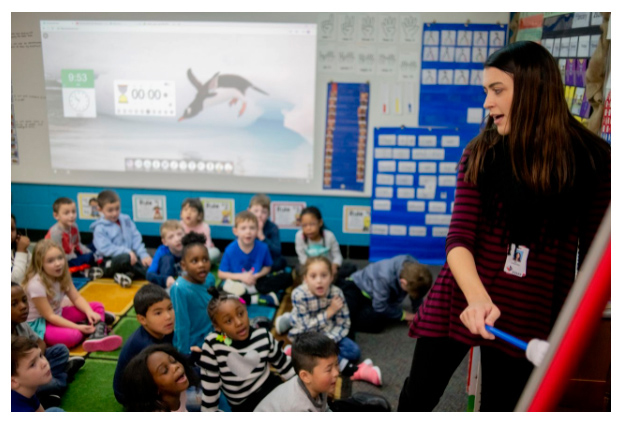 Kindergarten teacher Melissa Sanborn instructs students…Thursday, Jan. 23, 2020 at Cook Elementary School in Grand Blanc. (Jake May | MLive.com) Jake May | MLive.com
Kindergarten teacher Melissa Sanborn instructs students…Thursday, Jan. 23, 2020 at Cook Elementary School in Grand Blanc. (Jake May | MLive.com) Jake May | MLive.com
Excerpt:
Looking ahead to August, Beecher Community School District is expecting to be short about a quarter of their needed teaching staff for the 2021-22 school year.
The Flint-area district is one of many schools across Michigan fighting to keep educators in classrooms amid a statewide teacher shortage. The Michigan Department of Education (MDE) is now appealing to former teachers to get recertified and back to work.
…
David Crim, spokesperson for the Michigan Education Association, said multiple factors are keeping people from pursuing teaching and forcing young teachers to leave the profession.
“There’s no respect for teachers, no respect for the profession and poor compensation,” Crim said. “We have the perfect storm.”
From DSC:
It feels like there are major changes occurring throughout the K-12 learning ecosystems out there. It will be interesting to see what shakes out from this period of disruption.
By the way, those with little respect for teachers clearly have never taught themselves. Teaching is a very difficult profession. You try providing personalized learning to 25-30+ students at a time. Once you begin to scratch the surface, you’re retiring. We need to continue to try to share our knowledge, learnings, effective pedagogies/research, growth, tools, contacts, and more to help the next generation of teachers, students, administrators, and leaders.
Personally, I would like to see teachers have far more agency themselves. Don’t straight jacket them so much with standardized testing every ___ weeks/months. And allow more choice and control for the students (where possible). And allow the damn trains to slow down and/or vary their pace — allow them to stop if necessary for a student or a group of students.

I don’t see real personalized learning occurring until more technologies get involved/integrated into the classrooms out there — things like learner preferences, cloud-based learner profiles, AI and more.
20 Best Websites to Help Kids Learn From Home in 2021 — from wizcase.com by Julia Olech
Excerpt:
That’s why I rounded up a list of the 20 best free websites that provide engaging and fun learning experiences for you and your children. I made sure each website caters to a wide range of ages with games and interactive lessons that won’t bore even the most fidgety kids. The best part is that you can use them all at no cost!









